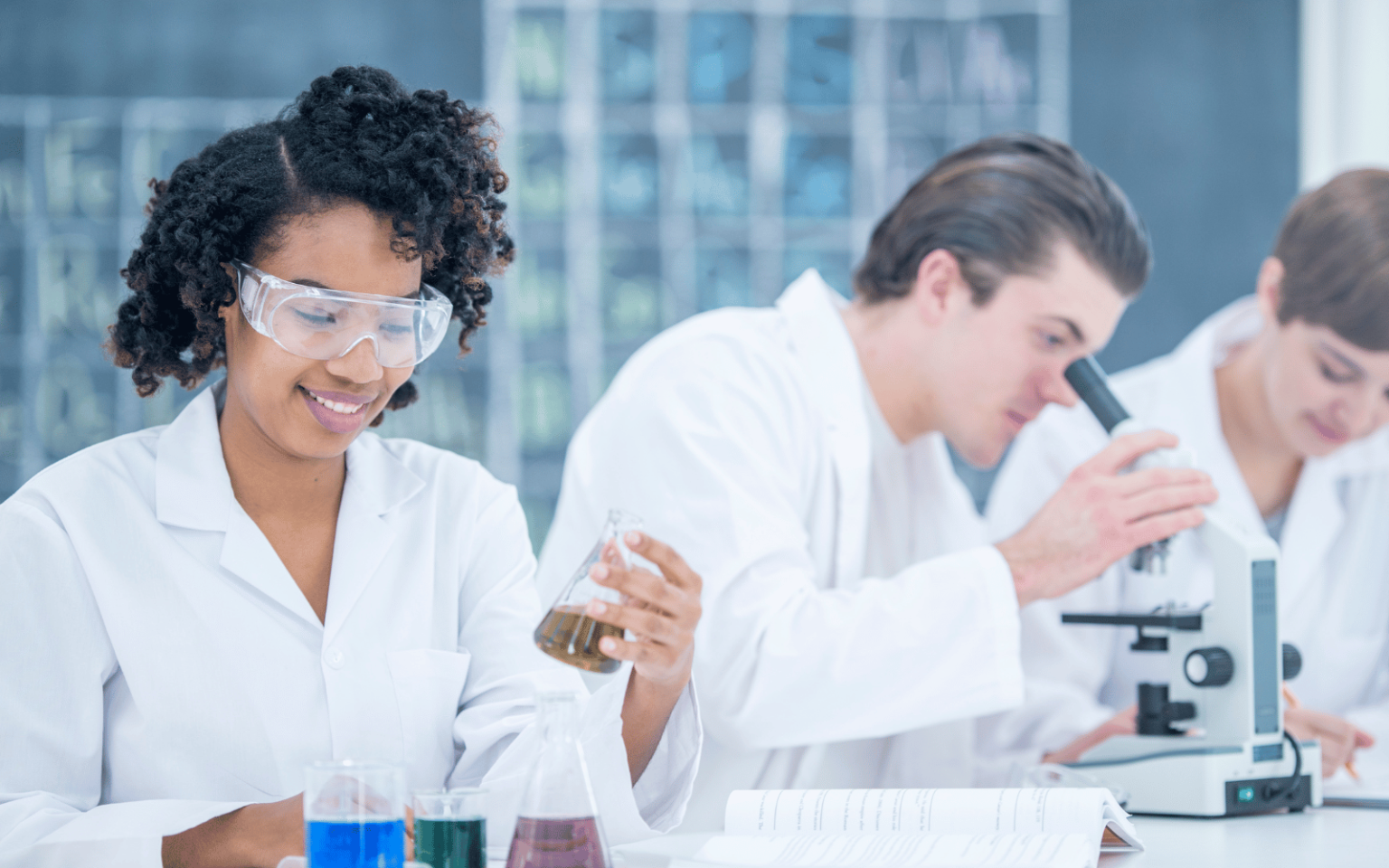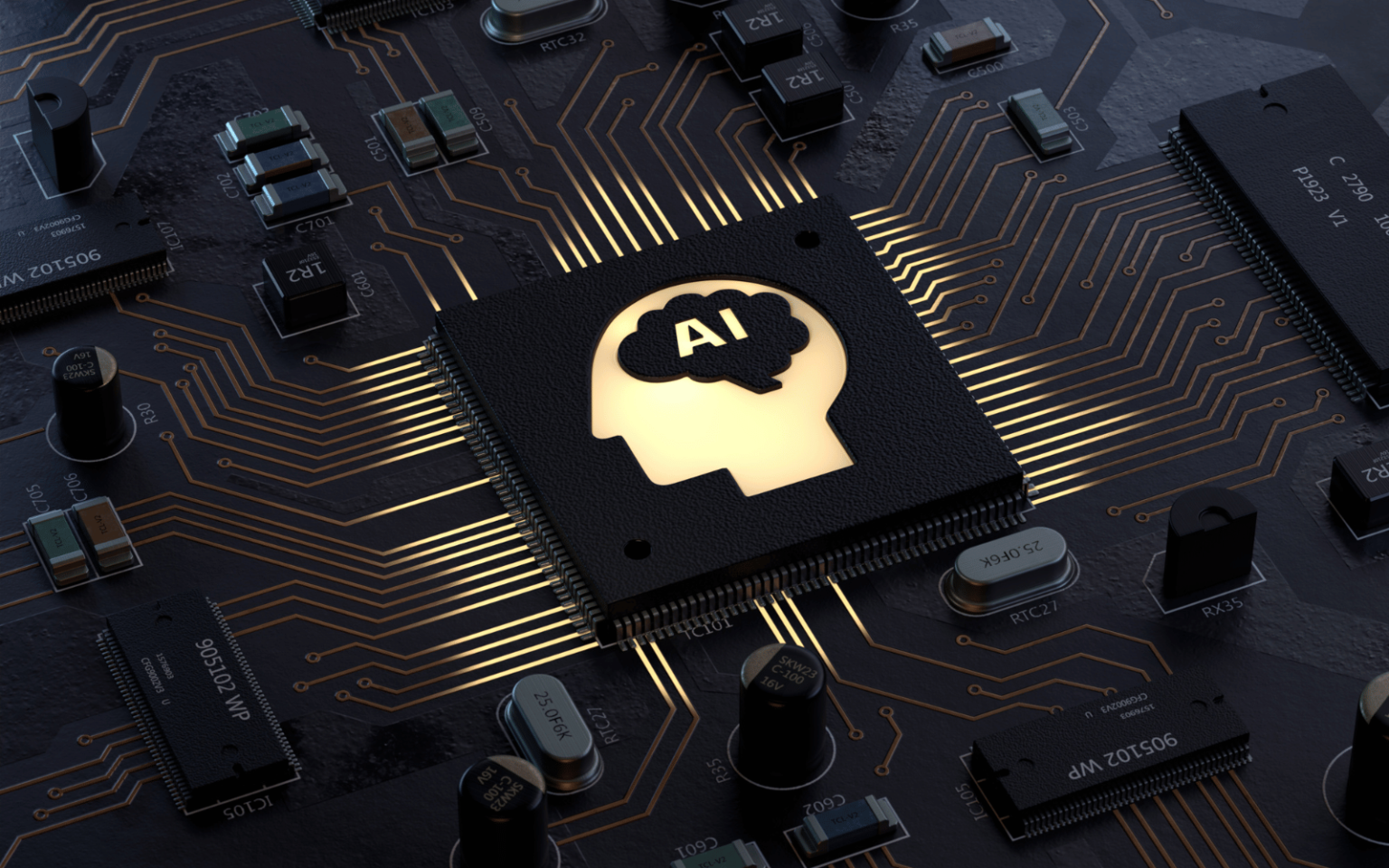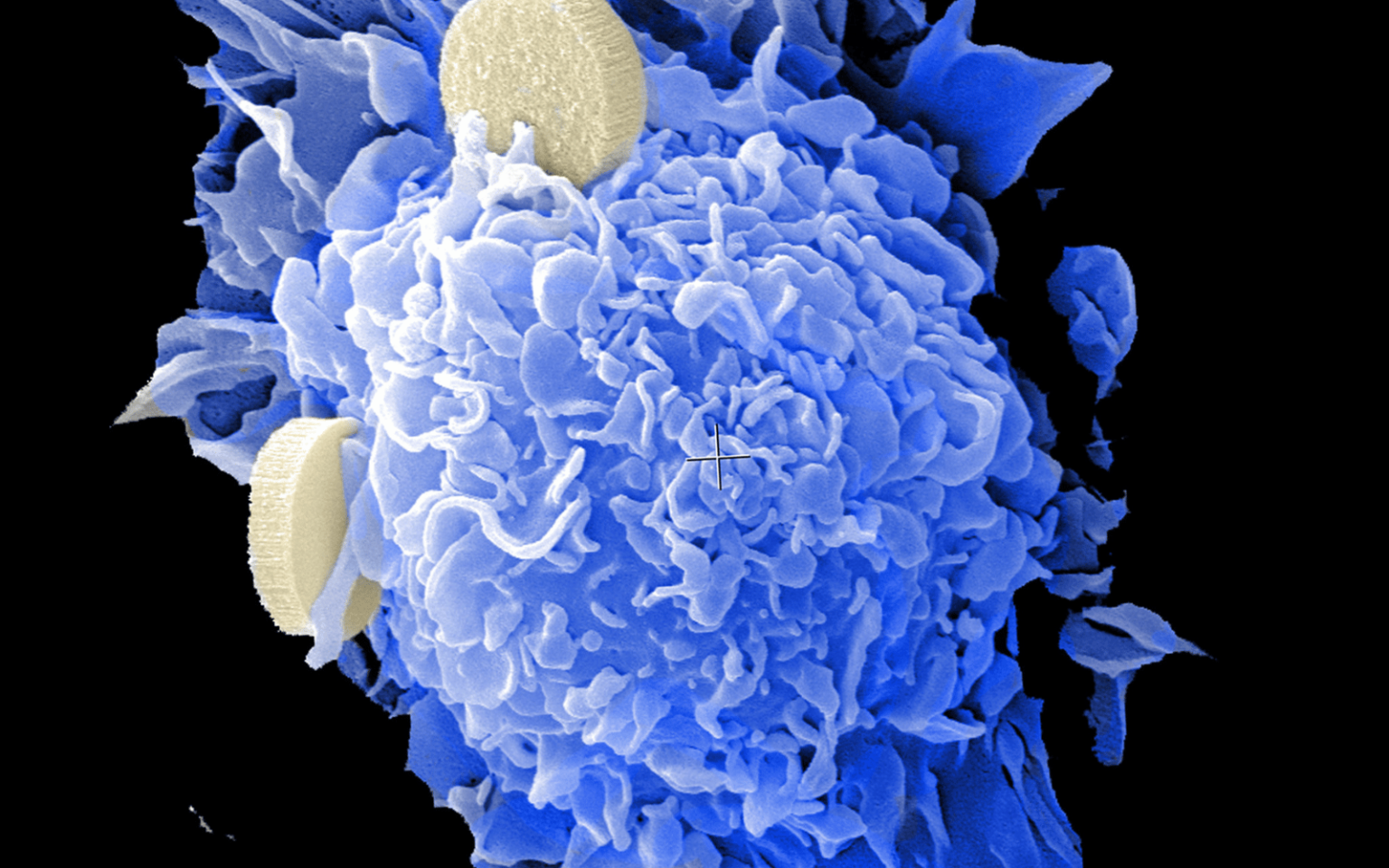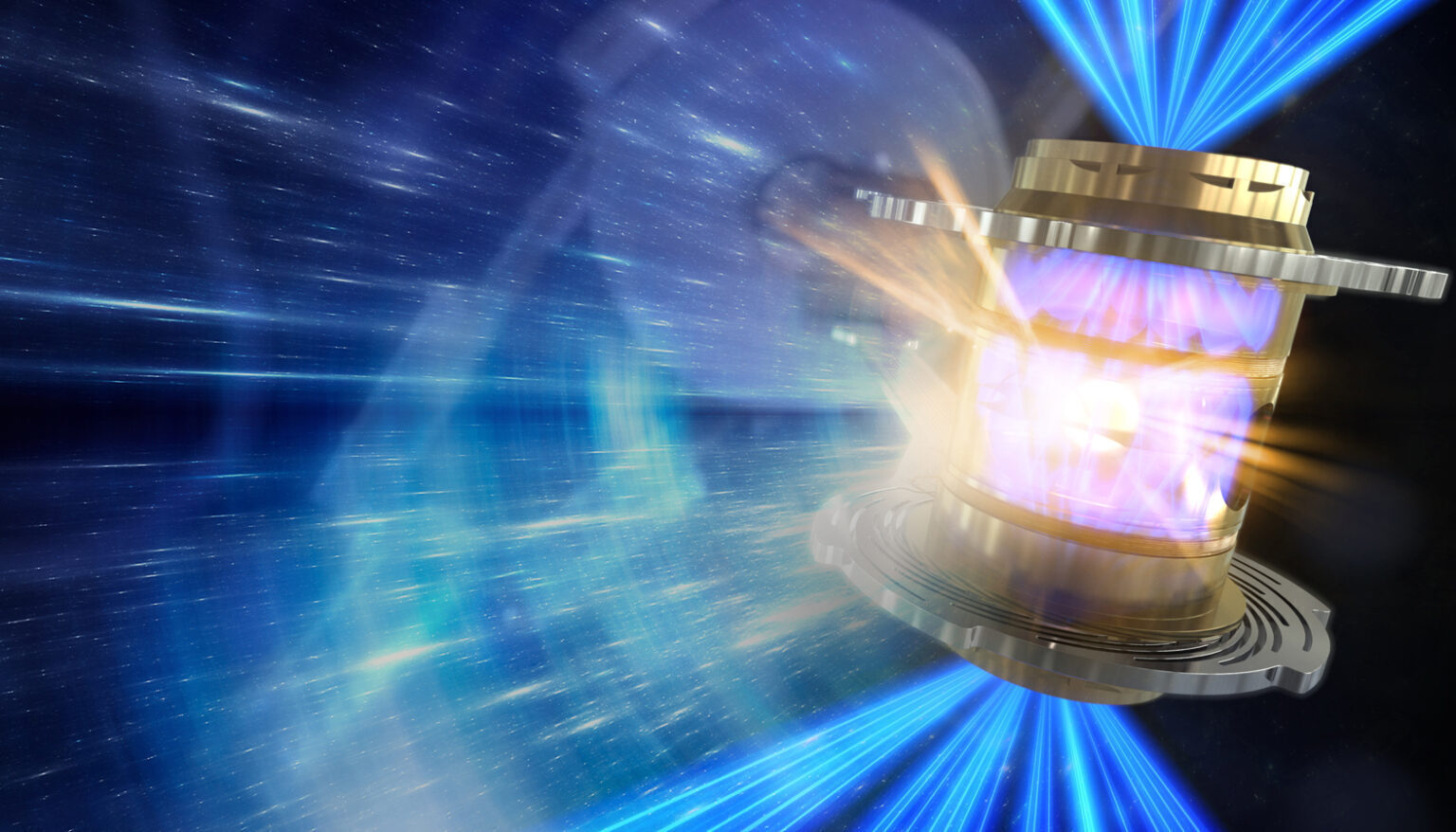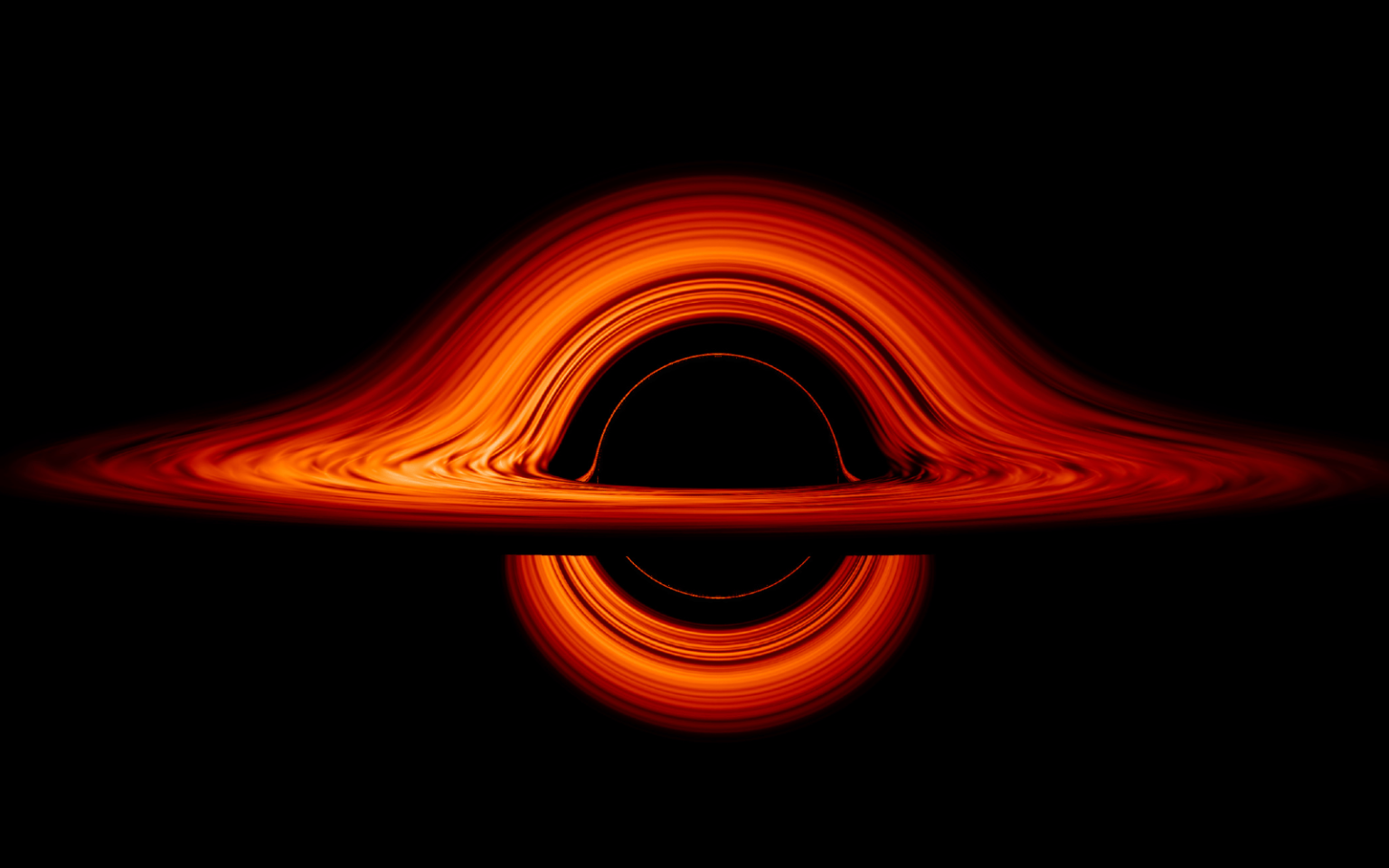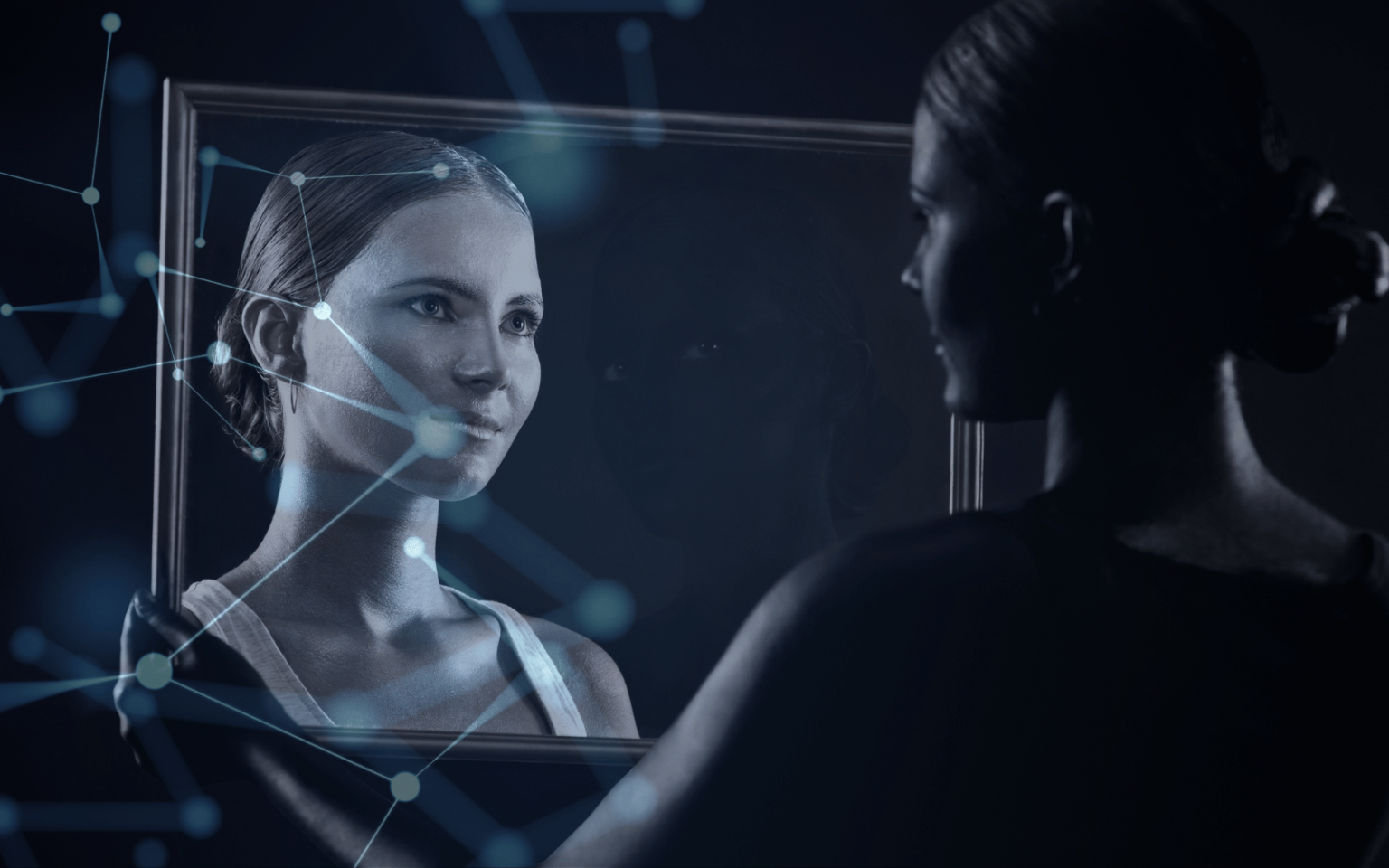As we prepare to invest money to prevent the next global pandemic and find solutions to many other problems, science funders have a large opportunity to move towards open science and more research collaboration by offering open-source endowed chairs. In these research positions, professors agree to ensure all of their writing is distributed via open access — and they release all of their intellectual property in the public domain or under appropriate open-source licences. The global scholarly publishing market has grown steadily and is now worth over US$28 billion. Researchers estimate universities are also able to capture billions through patent licensing, although most technology transfer offices at universities…
Author: The Conversation
These days, we don’t have to wait long until the next breakthrough in artificial intelligence (AI) impresses everyone with capabilities that previously belonged only in science fiction. In 2022, AI art generation tools such as Open AI’s DALL-E 2, Google’s Imagen, and Stable Diffusion took the internet by storm, with users generating high-quality images from text descriptions. Unlike previous developments, these text-to-image tools quickly found their way from research labs to mainstream culture, leading to viral phenomena such as the “Magic Avatar” feature in the Lensa AI app, which creates stylised images of its users. In December, a chatbot called ChatGPT stunned users…
Real-world technology is often foretold by science fiction. In 1927, characters in the film Metropolis made video calls to each other. Star Trek creator Gene Roddenberry hung flat-screen colour monitors on the walls of the Enterprise decades before we did the same in our living rooms. The most obvious examples of technology in science fiction tend to focus on artificial intelligence, communication and transport. But futuristic chemistry is embraced by sci-fi writers too. For example, a central feature of Aldous Huxley’s 1932 novel Brave New World is a chemical antidepressant. In recent years we’ve seen incredible leaps in chemical technologies – to…
Your heart beats around 100,000 times every day. Heart rate is a key marker of cardiovascular activity and an important vital sign. But your pulse is not as steady as a precision clock – nor would you want it to be. As a cardiovascular physiologist, I measure heart rate in nearly every experiment my students and I perform. Sometimes we use an electrocardiogram, such as you’d see in a medical clinic, which uses sticky electrodes to measure electrical signals between two points of your body. Other times we use a chest strap monitor, like ones you might see on someone at the gym, which…
Nanomedicines took the spotlight during the COVID-19 pandemic. Researchers are using these very small and intricate materials to develop diagnostic tests and treatments. Nanomedicine is already used for various diseases, such as the COVID-19 vaccines and therapies for cardiovascular disease. The “nano” refers to the use of particles that are only a few hundred nanometers in size, which is significantly smaller than the width of a human hair. Although researchers have developed several methods to improve the reliability of nanotechnologies, the field still faces one major roadblock: a lack of a standardized way to analyze biological identity, or how the body will react to nanomedicines. This is essential information…
Researchers in the US have finally fulfilled an objective that was set decades ago: the achievement of “ignition” – getting more energy out than you put in – using nuclear fusion. The scientists at the Lawrence Livermore National Laboratory’s National Ignition Facility (NIF), where the experiment took place, are no doubt both excited and relieved to finally fulfil the promise implied by the name of their facility. But how excited should the rest of us be? What does this really mean for the possibility of creating effectively unlimited amounts of clean energy, and what else needs to happen to achieve this? While the fusion reactions…
Are you a doom scroller or a frequent Tweeter? Do you pass the time by flicking endlessly through others’ posts on social networking sites, or perhaps you use these platforms to share your own content? Psychologists believe our style of social media usage has important effects on our psychological wellbeing, but we’ve struggled to measure people’s online behaviour accurately – until now. It’s estimated that more than 4 billion people use social media worldwide, which is expected to rise to a staggering 6 billion by 2027. Although many people consider social media to be a good thing, helping us to connect with vast social…
Black holes form natural time machines that allow travel to both the past and the future. But don’t expect to be heading back to visit the dinosaurs any time soon. At present, we don’t have spacecraft that could get us anywhere near a black hole. But, even leaving that small detail aside, attempting to travel into the past using a black hole might be the last thing you ever do. What are black holes? A black hole is an extremely massive object that is typically formed when a dying star collapses in on itself. Like planets and stars, black holes…
It’s been an eventful year for space exploration, with successes including the completion of Nasa’s Artemis 1 mission (finally), the inauguration of the James Webb Space Telescope, and the completion of China’s Tiangong space station. 2023 is set to be another busy year. Here are five of the most exciting missions to watch out for. 1. Jupiter Icy Moons Explorer In April, the European Space Agency (Esa) is set to launch the Jupiter Icy Moons Explorer (Juice), in what will be Europe’s first dedicated robotic mission to Jupiter. Juice is due to reach the planet in July 2031 after performing an incredible flight path through the…
A digital twin is a virtual representation of a real system – a building, the power grid, a city, even a human being – that mimics the characteristics of the system. A digital twin is more than just a computer model, however. It receives data from sensors in the real system to constantly parallel the system’s state. A digital twin helps people analyze and predict a system’s behavior under different conditions. The systems being twinned are typically very complex and require significant effort to model and track. Digital twins are useful in a wide variety of domains, including supply chains, health care, buildings, bridges, self-driving cars and retail…

